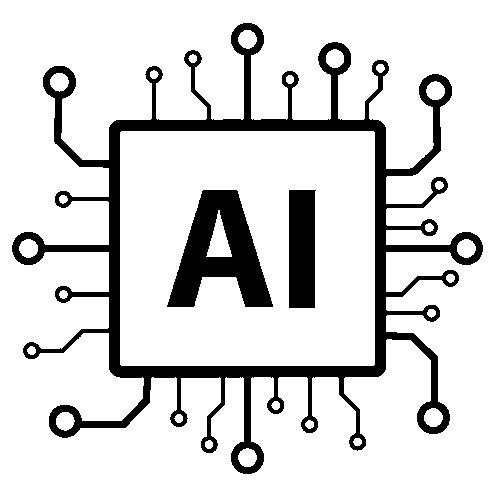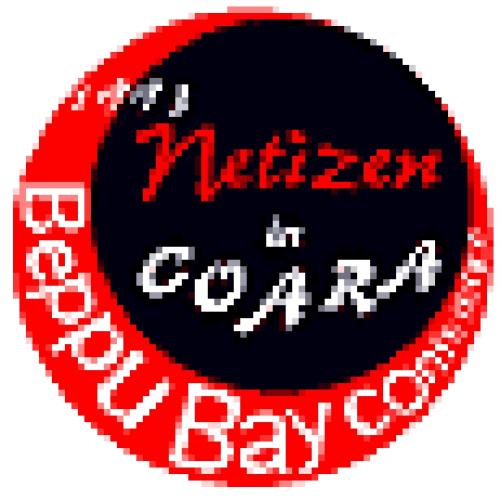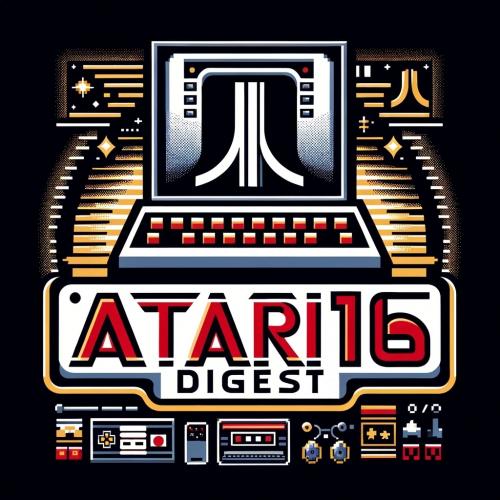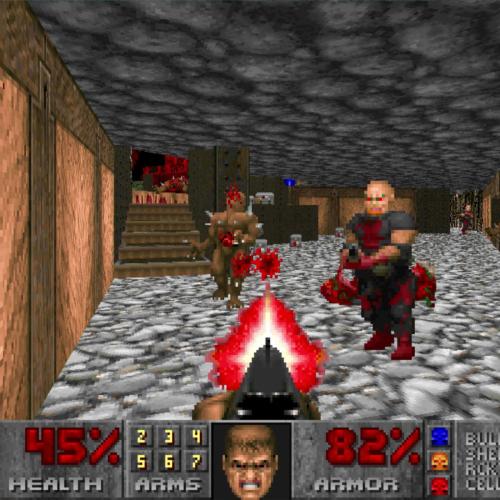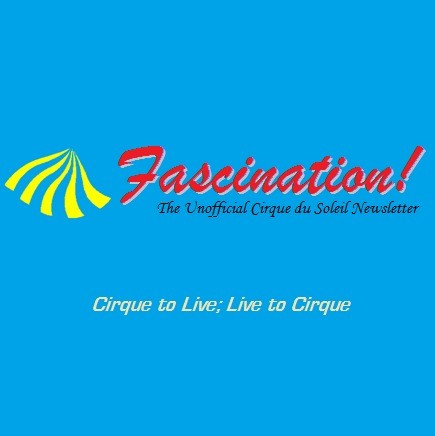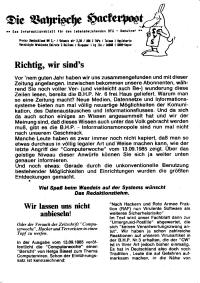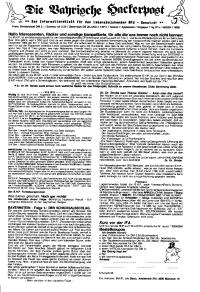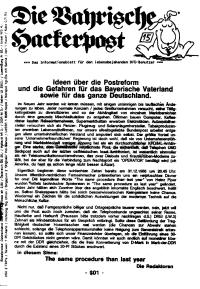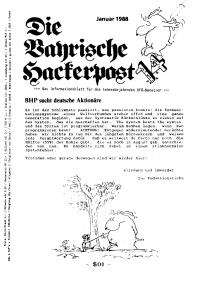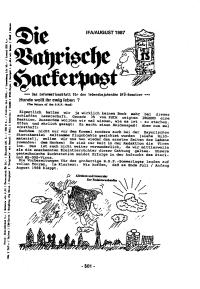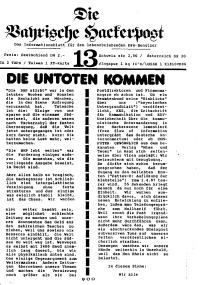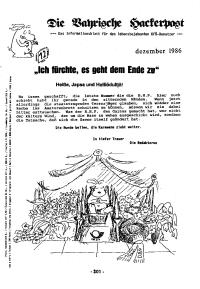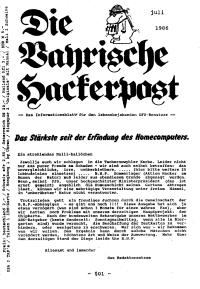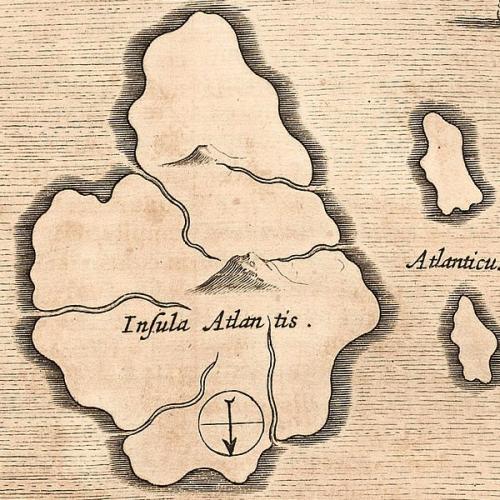Copy Link
Add to Bookmark
Report
AIList Digest Volume 3 Issue 173

AIList Digest Tuesday, 19 Nov 1985 Volume 3 : Issue 173
Today's Topics:
Seminars - Adaptive Planning (UCB) &
Sparse Distributed Memory (BBN) &
Explanation-Based Learning (BBN) &
Learning Search Control Knowledge (CMU) &
MED2 Diagnostic Expert (MIT) &
Truth Maintenance, Multiple Worlds in KEE (SU) &
Representation of Natural Form (SU) &
Setting Tables and Illustrations With Style (CSLI),
Course - Connectionist Models (CMU)
----------------------------------------------------------------------
Date: Thu, 14 Nov 85 16:57:53 PST
From: admin%cogsci@BERKELEY.EDU (Cognitive Science Program)
Subject: Seminar - Adaptive Planning (UCB)
BERKELEY COGNITIVE SCIENCE PROGRAM
Fall 1985
Cognitive Science Seminar - IDS 237A
Tuesday, November 19, 11:00 - 12:30
240 Bechtel Engineering Center
Discussion: 12:30 - 1:30 in 200 Building T-4
``Adaptive Planning is Commonsense Planning''
Richard Alterman
Computer Science Division, U.C.B.
A characteristic of commonsense planning is that it is
knowledge intensive. For most mundane sorts of situations
human planners have access to, and are capable of exploiting,
large quantities of knowledge. Commonsense planners re-use old
plans under their normal circumstances. Moreover, commonsense
planners are capable of refitting old plans to novel cir-
cumstances. A commonsense planner can plan about a wide range
of phenomena, not so much because his/her depth of knowledge is
consistent throughout that range, but because s/he can re-fit
old plans to novel contexts.
This talk is about an approach to commonsense planning
called adaptive planning. An adaptive planner plans by exploit-
ing planning knowledge in a manner that delays the reduction of
commonsense planning to problem-solving. Key elements in the
theory of adaptive planning are its treatment of background
knowledge and the introduction of a notion of planning by
situation matching. This talk will describe adaptive planning
as it applies to a number of commonsense planning situations,
including: riding the NYC subway, trading books, transferring
planes at JFK airport, and driving a rented car.
------------------------------
Date: 14 Nov 1985 11:48-EST
From: BGOODMAN at BBNG.ARPA
Subject: Seminar - Sparse Distributed Memory (BBN)
[Forwarded from the MIT bboard by SASW@MIT-MC.]
BBN Labs SDP AI Seminar
Speaker: Dr. Michael R. Raugh
Research Institute for Advanced Computer Science
NASA Ames Research Center
Title: Kanerva's Sparse Distributed Memory: A RIACS Project
Date: Friday, November 22nd, 2:00pm
Location: Main Seminar Room (2nd floor)
Bolt Beranek and Newman Inc.
50 Moulton Street
Cambridge, MA.
An exciting new concept in which information is stored in a large number
of neighboring addresses determined by "content," produces a memory
that retrieves causal relationships as well as sequences of episodes and
is sensitive to similarity. It is also forgetful and reinforcable: a
memory much like yours and mine.
------------------------------
Date: 14 Nov 1985 11:48-EST
From: BGOODMAN at BBNG.ARPA
Subject: Seminar - Explanation-Based Learning (BBN)
[Forwarded from the MIT bboard by SASW@MIT-MC.]
BBN Labs SDP AI Seminar
Speaker: Professor Gerald DeJong
Coordinated Science Laboratory
University of Illinois at Urbana-Champaign
Title: Explanation Based Learning
Date: Monday, November 25th, 10:30am
Location: 2nd Floor Large Conference room
BBN Laboratories Inc.
10 Moulton Street
Cambridge, MA.
Machine learning is one of the most important current
areas of artificial intelligence. With the trend away from
"weak methods" and toward a more knowledge intensive approach
to intelligence, the lack of knowledge in an AI system becomes
one of the most serious limitations.
This talk advances a technique called explanation based
learning. It is a method of learning from observation.
Basically, it involves endowing a system with sufficient
knowledge so that intelligent planning behavior of others
can be recognized. Once recognized, these observed plans are
generalized as far as possible while preserving the underlying
explanation of their success. The approach supports one-trial
learning. A new general concept can be acquired from an observation
of just one observed example. The approach has been applied
to three diverse areas: natural language processing, robot
task planning, and proof of propositional calculus theorems. The
approach holds promise for solving the knowledge collection
bottleneck in the construction of current knowledge-based systems.
------------------------------
Date: 14 Nov 85 23:39:59 EST
From: Steven.Minton@CAD.CS.CMU.EDU
Subject: Seminar - Learning Search Control Knowledge (CMU)
[Forwarded from the CMU bboard by Laws@SRI-AI.]
On Wednesday, November 20, at 12:00 I will present my thesis
proposal in 5409. My thesis is concerned with the use of
explanation-based generalization in the PRODIGY system, a learning
apprentice that (among other things) acquires search control rules.
The title is: "Analytic Techniques for Learning Search Control Knowledge".
Copies are in the lounge.
ABSTRACT
Compression analysis, the subject of the proposed thesis, is a method for
analyzing search spaces to produce effective search control rules.
As with previous explanation-based learning techniques, an example problem
focuses the analysis process so that the entire search space need not
be analyzed. The key idea behind compression analysis is that
many alternative explanations can be produced to justify a search control
decision; therefore it is appropriate to search for an explanation that
produces the most effective generalized control rule. In practice this is
achieved by proposing an initial explanation which is then improved
using a set of heuristic transformation strategies.
------------------------------
Date: Sun, 17 Nov 85 16:28:06 EST
From: "Steven A. Swernofsky" <SASW@MIT-MC.ARPA>
Subject: Seminar - MED2 Diagnostic Expert (MIT)
Wednesday 20, November 4: 00pm (4:15 Refreshments) Room: NE43-512A
"MED2: An Expert System Shell for Diagnosis and Therapy in Complex Domains"
Frank Puppe
Kaiserlautern University
Germany
Concentrating on the medical domain, MED2 is a shell combining a wide
variety of important aspects of clinical reasoning. It's
"Working-Memory" control structure involves investigating a set of
hypotheses simultaneously, avoiding the shortcomings of focussing on
the top-hypothesis only. This concept allows using differential
diagnosis techniques and exploiting relationships among patho-concepts
in an efficient manner. Other interesting features of MED2 include
separation of database and diagnostic reasoning, temporal reasoning,
and belief revision.
HOST: Prof. Peter Szolovits
------------------------------
Date: Mon 18 Nov 85 08:32:01-PST
From: Anne Richardson <RICHARDSON@SU-SCORE.ARPA>
Subject: Seminar - Truth Maintenance, Multiple Worlds in KEE (SU)
DAY December 3, 1985
EVENT Computer Science Colloquium
PLACE Skilling Auditorium
TIME 4:15
TITLE "Truth Maintenance and Multiple Worlds in KEE"
PERSON Paul Morris, Robert Nado, Richard Fikes
FROM IntelliCorp
TRUTH, MAINTENANCE AND MULTIPLE WORLDS IN KEE
We describe the integration of an assumption-based truth maintenance
system (ATMS) into the frame-based representation facilities of the
KEE system, and the use of the ATMS to implement a multiple-world
context graph system for KEE. Integration into the frame system
involves associating with potential slot values ATMS nodes that are
used to determine in which worlds (contexts) the slot values are
believed. Built-in inferences provided by the frame system, such as
inheritance and the checking of value class and cardinality
constraints, are recorded, when needed, as explicit justifications in
the ATMS. In addition, the default reasoning capabilities of KEE have
been refined and extended to take advantage of the ATMS. Tradeoffs in
the integration between flexibility of use and run-time efficiency are
examined. We describe the multiple-world context graph system with
particular attention to an interpretation of the graph as a network of
actions. In this framework, the semantics of graph merges are
investigated and restrictions to ensure valid action sequences are
discussed.
------------------------------
Date: Mon 18 Nov 85 08:29:15-PST
From: Anne Richardson <RICHARDSON@SU-SCORE.ARPA>
Subject: Seminar - Representation of Natural Form (SU)
DAY November 19, 1985
EVENT Computer Science Colloquium
PLACE Skilling Auditorium
TIME 4:15
TITLE Perceptual Organization and the Representation of Natural Form
PERSON Alex P. Pentland
FROM AI Center, SRI Int'l and CSLI, Stanford
PERCEPTUAL ORGANIZATION AND THE REPRESENTATION OF NATURAL FORM
To understand both perception and commonsense reasoning we need a
representation that captures important physical regularities and
that correctly describes the people's perceptual organization of
the stimulus. Unfortunately, the current representations were
originally developed for other purposes (e.g., physics, engineering)
and are therefore often unsuitable.
We have developed a new representation and used it to make
accurate descriptions of an extensive variety of natural forms
including people, mountains, clouds and trees. The descriptions
are amazingly compact. The approach of this representation is to
describe scene structure in a manner similar to people's notion
of ``a part,'' using descriptions that reflect a possible
formative history of the object, e.g., how the object might have
been constructed from lumps of clay.
For this representation to be useful it must be possible to
recover such descriptions from image data; we show that the
primitive elements of such descriptions may be recovered in an
overconstrained and therefore reliable manner. An interactive
``real-time'' 3-D graphics modeling system based on this
representation will be shown, together with short animated
sequences demonstrating the descriptive power of the
representation.
------------------------------
Date: Mon 18 Nov 85 11:46:58-PST
From: Fred Lakin <LAKIN@SU-CSLI.ARPA>
Subject: Seminar - Setting Tables and Illustrations With Style (CSLI)
Pixels and Predicates:
SETTING TABLES AND ILLUSTRATIONS WITH STYLE
Who: Rick Beach, Xerox PARC
Where: CSLI trailers
When: 1:00pm - Wednesday, November 20, 1985
Abstract:
Two difficult examples of incorporating complex information within
electronic documents are illustrations and tables. The notion of style,
a way of maintaining consistency, helps manage the complexities of
formatting both tables and illustrations. The concept of graphical
style extends document style to illustrations. Observing that graphical
style does not adequately deal with the layout of information leads to
the study of formatting tabular material. A grid system for describing
the arrangement of information in a table, and a constraint solver for
determining the layout of the table are key components of this research.
These ideas appear to extend to formatting other complex material,
including mathematical typesetting and page layout. Several typographic
issues for illustrations and tables will be highlighted during the talk.
------------------------------
Date: 18 Nov 85 23:29 EST
From: Dave.Touretzky@A.CS.CMU.EDU
Subject: Course - Connectionist Models (CMU)
CONNECTIONIST MODELS: A SUMMER SCHOOL
Sponsored by the Sloan Foundation
ORGANIZERS: Geoffrey Hinton (Carnegie-Mellon University)
Terrence Sejnowski (The Johns Hopkins University)
David Touretzky (Carnegie-Mellon University)
DATE: June 20 through 29, 1986
PLACE: Carnegie-Mellon University, Pittsburgh, Pennsylvania
PURPOSE OF THE PROGRAM: The purpose of the summer school is to familiarize
young researchers with current techniques in the area of connectionist models
of intelligence. This includes search procedures, learning procedures, and
methods for representing knowledge in massively parallel networks of
neuron-like units. Application areas include vision, speech, associative
memory, natural language and motor control.
FACULTY: There will be six full time Tutors plus several Guest Lecturers.
Tutors: Guest Lecturers:
James Anderson, Brown University Jerome Feldman, U. of Rochester
Dana Ballard, U. of Rochester Christof Koch, MIT
Andrew Barto, U. Mass. Amherst David Rumelhart, UCSD
Geoffrey Hinton, CMU David Touretzky, CMU
James McClelland, CMU others to be announced
Terrence Sejnowski, Johns Hopkins
WHO MAY ATTEND: Participation is limited to graduate students and recent PhD's
who are or will be working on connectionist models. About 40 students will be
accepted. Persons who have already completed a Ph.D. degree must have done so
no earlier than January 1985 to be eligible to attend.
EXPENSES: There is no tuition charge. Funding from the Sloan Foundation will
provide dormitory accommodations and breakfast and lunch for each attendee,
plus reimbursement for a substantial portion of travel expenses.
HOW TO APPLY: By March 1, 1986, send your curriculum vitae and a copy of one
relevant paper, technical report, or research proposal to: Dr. David
Touretzky, Computer Science Department, Carnegie-Mellon University, Pittsburgh,
PA, 15213. Applicants will be notified of acceptance by April 15, 1986.
------------------------------
End of AIList Digest
********************







